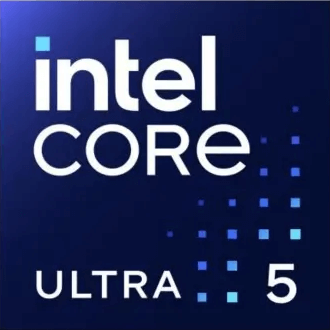Intel Core i7 1260P vs Intel Core i3 1000NG4
We compared two laptop CPUs: Intel Core i7 1260P with 12 cores 2.1GHz and Intel Core i3 1000NG4 with 2 cores 1.1GHz . You will find out which processor performs better in benchmark tests, key specifications, power consumption and more.
Main Differences
Intel Core i7 1260P 's Advantages
Released 1 years and 11 months late
Higher specification of memory (5200 vs 3733)
Larger memory bandwidth (76.8GB/s vs 58.3GB/s)
Newer PCIe version (4.0 vs 3.0)
Higher base frequency (2.1GHz vs 1.1GHz)
Larger L3 cache size (18MB vs 4MB)
Intel Core i3 1000NG4 's Advantages
Lower TDP (9W vs 28W)
Score
Benchmark
Cinebench R23 Single Core
Intel Core i7 1260P
+86%
1750
Intel Core i3 1000NG4
936
Cinebench R23 Multi Core
Intel Core i7 1260P
+531%
9675
Intel Core i3 1000NG4
1532
Geekbench 6 Single Core
Intel Core i7 1260P
+62%
1519
Intel Core i3 1000NG4
937
Geekbench 6 Multi Core
Intel Core i7 1260P
+73%
3229
Intel Core i3 1000NG4
1861
Blender
Intel Core i7 1260P
+432%
149
Intel Core i3 1000NG4
28
Geekbench 5 Single Core
Intel Core i7 1260P
+75%
1756
Intel Core i3 1000NG4
1000
Geekbench 5 Multi Core
Intel Core i7 1260P
+335%
9118
Intel Core i3 1000NG4
2093
Passmark CPU Single Core
Intel Core i7 1260P
+77%
3325
Intel Core i3 1000NG4
1871
Passmark CPU Multi Core
Intel Core i7 1260P
+352%
17171
Intel Core i3 1000NG4
3795
General Parameters
Feb 2022
Release Date
Mar 2020
Intel
Manufacturer
Intel
Laptop
Type
Laptop
x86-64
Instruction Set
x86-64
Alder Lake-P
Core Architecture
Ice Lake Y
i7-1260P
Processor Number
i3-1000NG4
BGA-1744
Socket
BGA-1377
Iris Xe Graphics G7 (96EU)
Integrated Graphics
Iris Plus Graphics G4
Package
10 nm
Manufacturing Process
10 nm
28 W
Power Consumption
9 W
100 °C
Peak Operating Temperature
100 °C
CPU Performance
4
Performance Cores
2
-
Performance Core Threads
4
2.1 GHz
Performance Core Base Frequency
1.1 GHz
4.7 GHz
Performance Core Turbo Frequency
3.2 GHz
8
Efficiency Cores
-
12
Total Core Count
2
16
Total Thread Count
4
100 MHz
Bus Frequency
100 MHz
21x
Multiplier
11x
80 K per core
L1 Cache
48 K per core
1280 K per core
L2 Cache
512 K per core
18 MB shared
L3 Cache
4 MB shared
No
Unlocked Multiplier
No
Memory Parameters
DDR5-4800, DDR4-3200, LPDDR5-5200, LPDDR4x-4267
Memory Types
LPDDR4-3733
64 GB
Max Memory Size
32 GB
2
Max Memory Channels
2
76.8 GB/s
Max Memory Bandwidth
58.3 GB/s
No
ECC Memory Support
No
Graphics Card Parameters
true
Integrated Graphics
true
300 MHz
GPU Base Frequency
300 MHz
1400 MHz
GPU Max Dynamic Frequency
900 MHz
768
Shader Units
384
48
Texture Units
48
24
Raster Operation Units
6
96
Execution Units
-
15 W
Power Consumption
15 W
-
Max Resolution
5120x3200 - 60 Hz
1.69 TFLOPS
Graphics Performance
-






